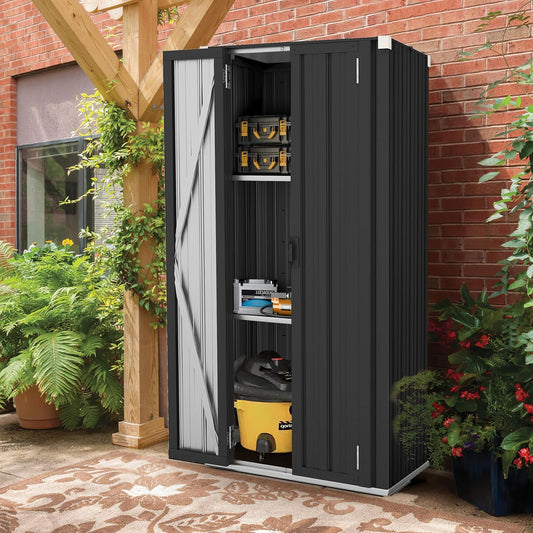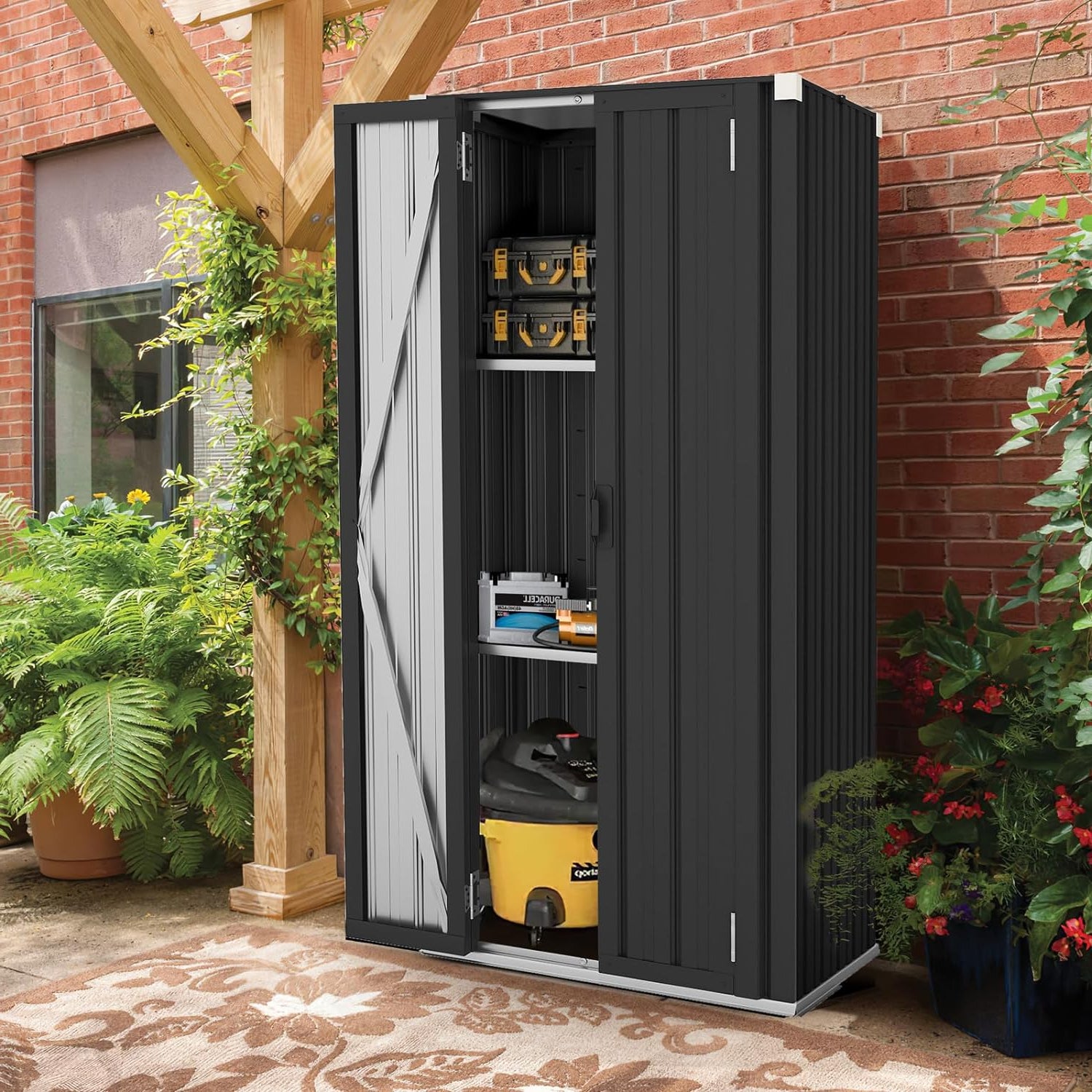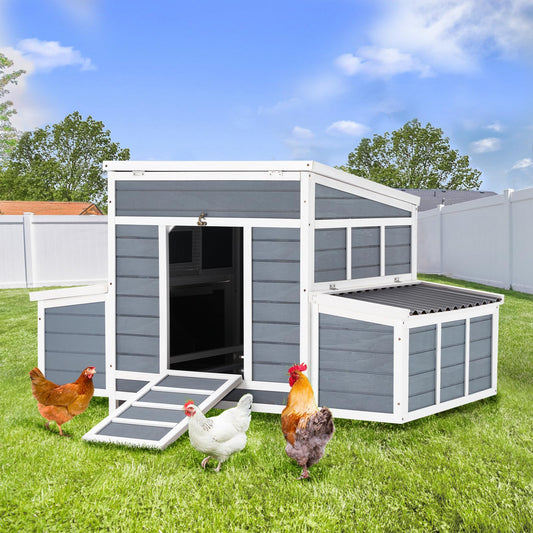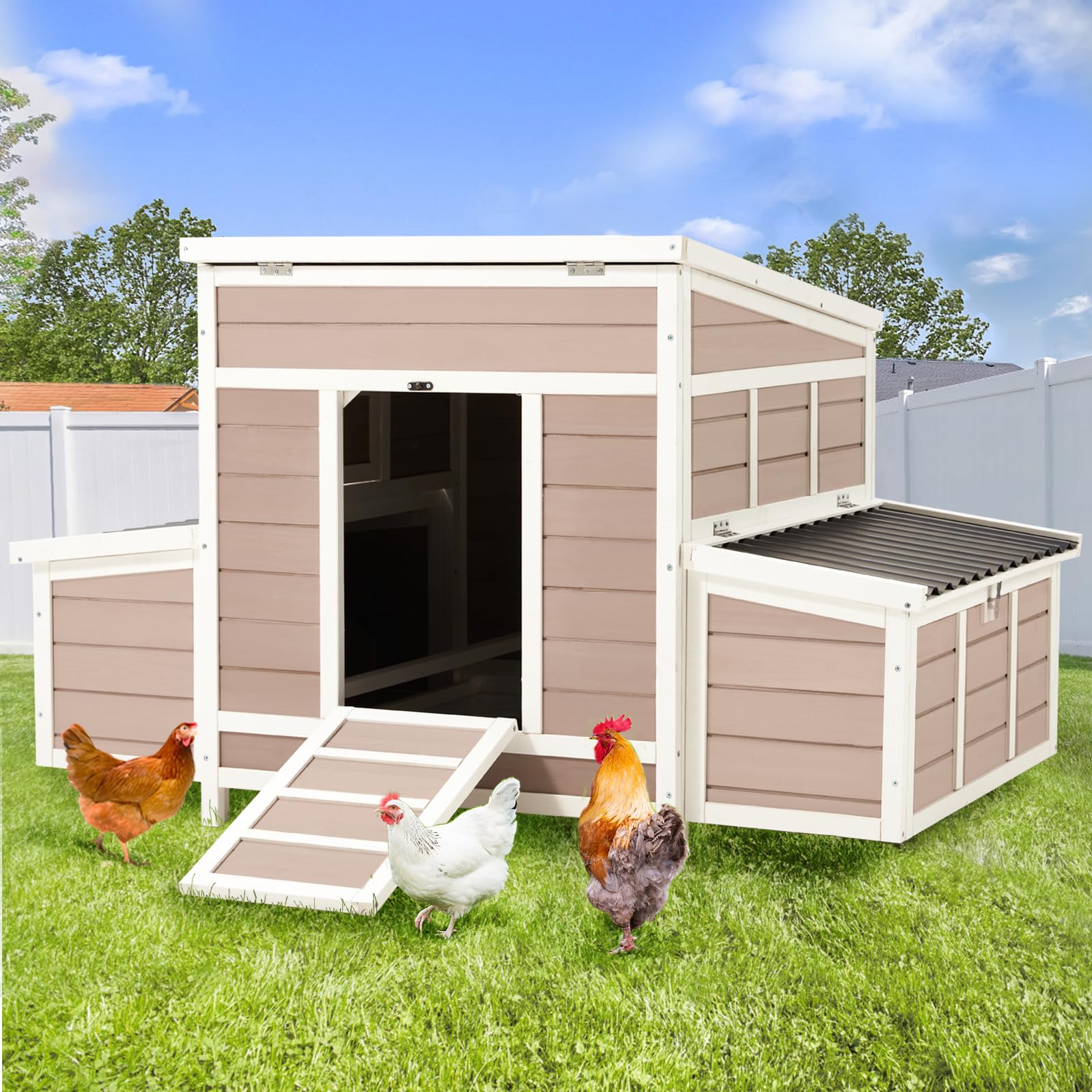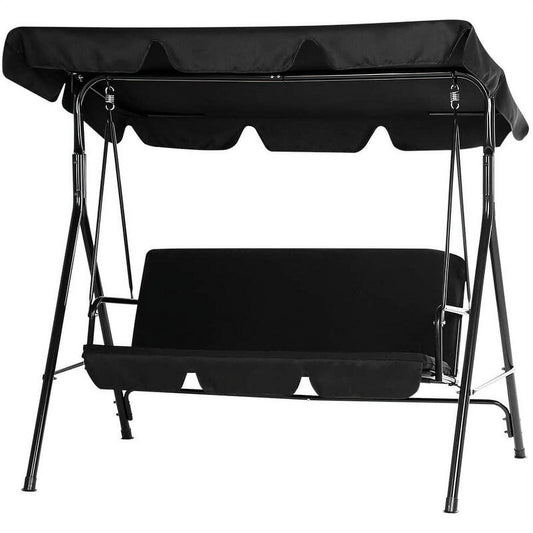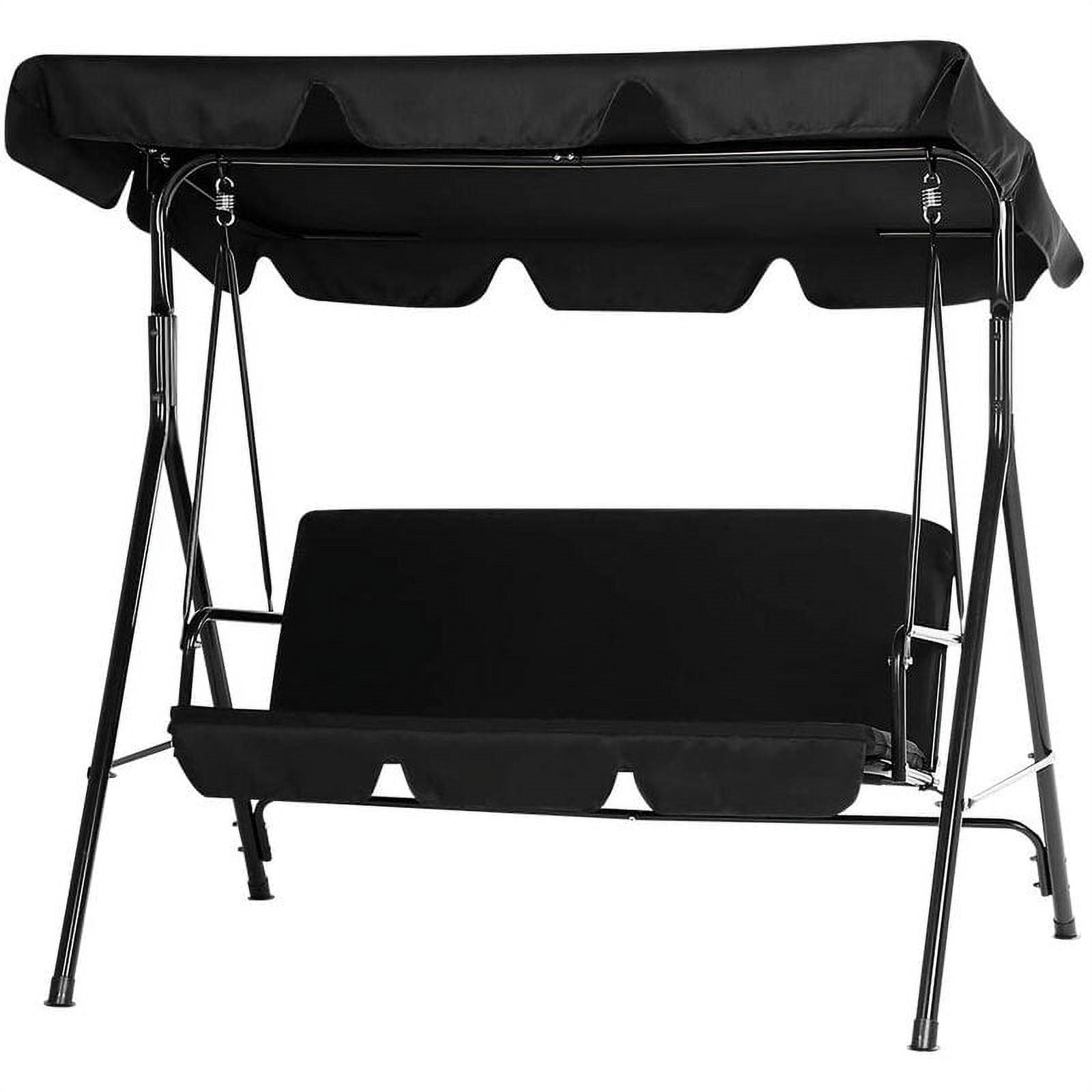Why Greenhouse Farming Is a Smart Business
Starting a greenhouse business can be a rewarding and profitable endeavor in today's world. The global greenhouse horticulture industry is thriving, with the total industry valued at about $33 billion in 2024 and projected to grow at a pace of 7 - 8% annually, predicting nearly $70 billion in value by 2033. There are several positive factors behind this growth with perhaps the greatest motivation being consumer demand for fresh, local and sustainable fruits, vegetables, herbs and flowers all year around.
Whether you are a seasoned grower or a new producer, a greenhouse can be a way to take control of your growing environment and extend your harvest season, consistently meeting market demand. However, in order to be successful and profitable, turning a greenhouse into a business requires careful planning, deciding which crops to grow and understanding the business related challenges that come with legal and operational requirements.
This guide will provide you with some essential steps, strategies and knowledge to get you and your greenhouse business established and growing here in 2025, as well as enabling you to create a sustainable income from your passion for growing.
How to Choose the Right Type of Greenhouse Business
It’s crucial to identify what type of greenhouse operation is compatible with your goals, location, and market before spending time and money on greenhouse farming. The type of operation you use will impact all other borrowing decisions, such as what type of structure to build and what types of crops to produce, so it is very important to spend time going through the fundamentals.
First, determine what the use of the greenhouse will be. Do you plan to grow vegetables for farmers’ markets year-round? Do you plan to provide herbs to restaurants? Or, do you want to start small with cut flowers or microgreens as a hobby business? The intended use will dictate the needed size, funding, and infrastructure.

Greenhouse Structure Types
There are many popular greenhouse types with seemingly similar attributes. Each type of greenhouse will work better or worse depending on the environment and nature of your business:
- Gable Roof Greenhouse: One of the stronger and flexible options, this greenhouse is also suitable for areas with snow or a lot of wind where structural integrity is required. The gable design allows for even distribution of light and a place for ventilation equipment.
- Hoop House (High Tunnel): Generally the most inexpensive option, these greenhouses are also fairly quick to construct which is advantageous for seasonal production. The downside is that the hoops do provide less insulation when dealing with severe weather when you may need to rely on heating or cooling upgrades.
- Geodesic Dome: Containing a lot of air space for volume and strength, this modern greenhouse option is often embraced by experimental growers or those wanting a special visual aesthetic.
- Glass Greenhouse: Although these greenhouses are usually more expensive than alternatives, they offer light transmittance and professional visual appearance. These are great if you rely on consistency in temperature and light for optimal production. However, these also require high investment and maintenance cost.
- Plastic Film or Polycarbonate Greenhouse: An affordable variation suitable for most small businesses. Although these materials are generally less durable than glass, they are often lightweight and simple to install (or replace).
Selecting the Right Size
Greenhouse size should take into consideration your budget, production objectives and land availability:
- Hobby Greenhouse (<500 sq ft): Best suited for novices or home gardeners who want to get started growing herbs, leafy greens or seedlings.
- Small Commercial Greenhouse (1,000–2,000 sq ft): Ideal for growers who want to get their feet wet in local markets or serve a few clients with a stable supply.
- Large Commercial Greenhouse (5,000+ sq ft): For serious growers who want to pursue wholesale contracts, grocery stores, or a CSA. This size requires advanced systems of production and relatively more capital at risk.
Deciding What to Grow
Choosing crops is a balance of profitability, ability, and market demand. Some of the most common and profitable greenhouse crops include:
- Vegetables: Tomatoes, lettuce, cucumbers, and peppers have continual markets and margin protection.
- Herbs: Basil, mint, parsley, and cilantro have quick growth cycles and can be marketed to individuals and chefs/users.
- Flowers: Many seasonal or exotic cultures that offer longtime cultivation and high retail value such as tulips, lilies, or orchids.
- Specialty items: Mushrooms or microgreens can be grown successfully in a controlled growing environment with selling days premiums.
Don’t Forget Climate Control
Your crop selection will also dictate what systems you will need for the four seasons of production.
- Heating: Critical in cooler climates and especially for winter production. Options for heating include electric heaters, gas furnaces, or radiant heating.
- Cooling and ventilation: You can use fans, vents, or shade cloth or mist to control excessive summer heat.
- Lighting: Supplementary grow lights, especially LEDs, will be necessary in the darker months for yield and quality.
- Irrigation: Although drip irrigation is the most efficient, misting, or hand watering is feasible for small farms.
For a reliable and spacious option, check out the YODOLLA 6x7 FT Wooden Greenhouse. It comes with 13 adjustable shelves that can hold over 50 lbs each, so you can arrange your plants as you like. The reinforced frame is built to handle wind and snow, ensuring durability. With plenty of room inside, it’s perfect for growing everything from seedlings to climbing plants. Plus, it can double as a garden tool storage or a cozy outdoor spot. YODOLLA ships it carefully and offers helpful customer support to get you started hassle-free.

Create a Greenhouse Business Plan
The first step in turning your greenhouse concept into a profitable business is writing a business plan. You may want to get started with a part-time hobby operation, or perhaps you want to launch a full-scale commercial farm. Regardless, having a greenhouse business plan will help frame your goals, budgets, operations on a day-to-day basis, and is required if you're searching for funding or applying for grants.
So, before you write your business plan, answer a few basic questions:
- What crops will you grow and why?
- Who are your customers- local restaurants, CSA members, farmers' markets?
- How much can you grow and at what price?
- What will be your up front and continuing costs?
Creating a greenhouse business plan may feel overwhelming at first, but breaking it into sections makes the process manageable. Here's a simplified roadmap:
| Planning Step | What to Include |
|---|---|
| Define Business Goals | Personal income goal, scale (hobby or commercial), short and long term vision. |
| Select Crops to Grow | Choose based on local demand, profitability, and your expanding expertise. |
| Startup Cost Estimate | Greenhouse kit or structure, tools, seeds, soil, irrigation, heating or cooling. |
| Ongoing Expenses | Utilities, labor (if any), maintenance, pest control, fertilizer, packaging. |
| Revenue Projection | Estimated yield per crop × unit price × number of growing cycles. |
| Marketing Strategy | Farmers' markets, grocery stores, restaurants, online orders, CSA sales. |
| Operational Workflow | Daily/weekly tasks: plant, water, harvest, package, deliver. |
| Legal & Permits | Local business license, zoning compliance, liability insurance, food safety rules. |
| Funding & Grants (if needed) | Personal savings, small business loans, USDA or state agriculture programs. |
After putting together your plan, make sure to continue to review it. Everything is changeable: markets, costs and even the weather. Think of a greenhouse business plan not as a task but as a document that will have to be re-evaluated and adjusted as your business progresses.
Choose the Most Profitable Crops for Your Greenhouse
Selecting the right crops is one of the most important decisions to make when starting a greenhouse business. The best greenhouse crops incorporate fast turnover, high demand in the market, and high profit, while also performing well in a controlled environment.
Leafy Greens & Microgreens
If you want fast and consistent returns, leafy greens like lettuce, spinach and arugula are excellent choices. These crops can easily be grown in less than 3–5 weeks while providing continuous stick. Microgreens, which are harvested in days and only a couple of inches tall, can yield $20–25 per pound at local markets or restaurants, making them one of the highest yielding crops per square foot.
Greenhouse Vegetables
Some crops are tried and true, and for good reason! Greenhouse vegetables are high demand because they produce for a longer time and can produce much more weight than open field crops. For instance, a good crop of tomatoes can produce a whopping 10- 12 lbs a plant in a high tunnel or polyhouse with good management. Think about it, by the time tomatoes are planted in the open field, they may only have two months of harvest before they are done. In the greenhouse, crops can yield for months and even years if kept in production until other crops can be sown.
Culinary Herbs
Basil, mint, cilantro, and parsley are all crops with quick growing harvest cycles that most chefs ask for year-round. They don't occupy much space; specialty stores and farmers markets buy them all year. As they are highly related to somewhat predictable consumer demand, chefs and producers are starting to rely on the adjustments that can be made within the greenhouse that manipulate temperature and humidity and keep them healthy.
Cut Flowers
If your market includes florists or wedding vendors, greenhouse-grown flowers such as tulips, snapdragons, or lilies can be highly profitable. The controlled environment allows for off-season production, which fetches higher prices.
Quick Profit Potential Table for Greenhouse Crops
| Crop | Growing Time | Avg. Yield | Profit Potential |
|---|---|---|---|
| Microgreens | 10–14 days | High (multi cycles) | 💰💰💰💰 |
| Leafy Greens | 3–5 weeks | Medium–High | 💰💰💰 |
| Tomatoes | 60–90 days | Up to 12 lbs/plant | 💰💰💰💰 |
| Culinary Herbs | 30–40 days | Multiple harvests | 💰💰💰 |
| Cut Flowers | Seasonal | Mid–high per stem | 💰💰💰💰 |
How Can You Maximize Plant Growth in Your Greenhouse
- What soil preparation is needed? Prepare nutrient-rich soil by mixing organic compost and balanced fertilizers suited to your crops. Regularly test soil pH to ensure optimal nutrient availability.
- Why control climate conditions? Adjust lighting, temperature, and humidity based on plant needs to create a stable growing environment. Automated systems like thermostats and humidifiers help maintain these conditions consistently.
- How to water efficiently? Use drip irrigation to deliver water directly to plant roots, minimizing waste and avoiding overwatering. Tailor watering schedules according to each crop’s specific requirements.
- What pest management practices work best? Implement integrated pest management by encouraging beneficial insects, rotating crops, and applying organic treatments to reduce pests without harmful chemicals.
- How to maximize space and productivity? Utilize vertical growing methods, ensure proper plant spacing, and apply staggered planting. Train climbing plants on supports to improve air circulation and light exposure.
- When should you harvest? Learn maturity indicators for each crop to harvest fruits and vegetables at their peak for the best flavor, quality, and shelf life.

How to Effectively Market and Sell Your Greenhouse Produce
Define Your Target Audience
First, identify who loves purchasing your crops! Possible targets include local chefs, local grocery stores that specifically sell fresh or organic produce, florists requiring unique varieties of flowers, customers at farmers' markets, or home gardeners who want authentic produce and are aware of health and environmental practices. Understanding the needs of your target audience develops your marketing strategy.
Use Multiple Channels for Sales
Never limit yourself to one avenue. When you combine farmers' markets, wholesaling to retail stores, store fronts (such as Shopify or Instagram shops), and created methods (like CSAs), you can reach multiple audiences, increase income stability, and implement convenience into your strategy. Each channel is addressing a different audience type.
Develop a Business Story
Customers want to know where their products come from. Tell them the story of your greenhouse start-up, the sustainable practices you used, your passion for quality, and philosophies based on local growth. Good packaging, professional labeling that reflect your story can help your products stand out on store shelves and online to present authenticity.
Use Social Media and Local Marketing
Market yourself online by being active on social media, creating a dedicated website, and advertising and registering on local online directories. Use social media to post frequent updates with pictures, agriculture best management practices, and personal stories or customer testimonials. Marketing by being involved in community events (such as farmers' markets and local fairs) can help you make the connections as a personal touch.
Collaborate with Local Partners
Networking with other growers, restaurants, and retailers can lead to opportunities for joint promotions, bundles, or shared resources. Developing local partnerships can not only improve your brand awareness but can include marketing support reducing your overall costs.
Introduce Subscription and Loyalty Programs
Subscription boxes and community supported agriculture (CSA) programs give you predictable revenue and increased loyalty. Regular delivery of a customer's fresh items on a weekly or monthly basis can ensure you have consistent sales while attracting customers who are more likely to the product they ordered and and buy more from your vendor profile page.
For a comprehensive marketing approach, see the USDA’s Direct Marketing Guide.

Conclusion: Turning Your Greenhouse into a Profitable Venture
Establishing your greenhouse business requires a lot of planning, starting with the structure you’re going to use and the crops you’ll be producing, and then finding effective ways to market your business. Understanding your target market, developing multiple ways to sell your products, and creating a strong brand will allow you to maximize your sales and have a year-round income.
If you work hard and make smart business decisions, your greenhouse can grow from a project you do for fun into a sustainable business that supports your family. As you begin your business, take advantage of the resources around you and have faith that you can start small and grow over time.
Are you ready to get going? Check out greenhouse kits and other tools that will simplify your setup and improve your experience to make you more successful.















